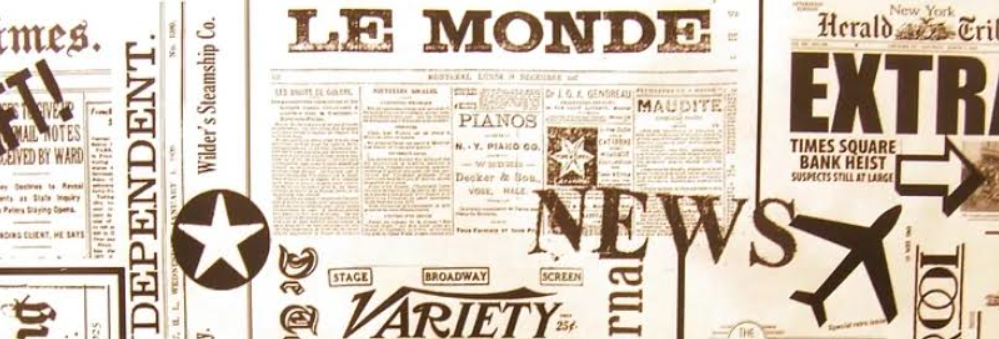A Muni driver fell asleep at the controls of an N-Judah train last September, nearly causing a serious derailment.
The terrifying incident should force SFMTA to take a hard look at its safety systems, management, and culture. This isn't to defend the operator of the train. But imagine if she had passed out completely or woke up a second later, when it was too late to stop the train from leaving the rails. If they want to prevent a future catastrophe, city leaders must resist the temptation to just blame the driver and move on.
"In a safety culture, you look at the system, you don't just thump the individual who screwed up," said Dennis Lytton, a rail-safety expert with decades of experience at major rail operators, including BART.
In 2008, in Los Angeles County, a Metrolink commuter train ran a signal and crashed head-on into a freight train in Chatsworth, killing 25 people. That incident is etched in my memory because I commuted on that line for over a year. In addition, I was a producer at an NPR affiliate in Los Angeles at the time of the crash, and as the station's transportation expert, I guided much of the coverage. As with the Muni incident, the temptation was just to blame the train driver, who died in the wreck. He was culpable; he was texting and ran a red signal. But I knew the story was really about the lack of Positive Train Control, technology that makes it impossible for a train operator to run a signal in the first place.
At the time, Metrolink was just one of many passenger rail systems in the U.S. that didn't have such protections. Meanwhile, most of the commuter railroads and transit systems that I grew up riding, such as the Long Island Railroad and the New York subway, have long had automated backup systems that stop trains from running red signals or speeding.

It took the Metrolink disaster for federal regulators to demand that passenger railroads install Positive Train Control nationwide. Caltrain's system was completed five years ago. But light-rail systems are regulated by states instead of the feds. Muni, along with some other legacy transit systems, decided that the lessons of Chatsworth don't apply, or at least don't apply with any urgency. Muni trains are automated in the subway, but as September's incident underscored, everywhere else on the system, there's nothing to stop the next sleepy or sick train operator from causing a disaster. The agency is finally planning a modern safety system, but even if it's built on schedule, it won't be fully rolled out for years.
For now, "SFMTA had also begun to work with Siemens, the manufacturer of the new light rail vehicles, on software that would limit speeds in specific locations. This effort is ongoing," wrote SFMTA in its official statement.
Which begs the question: why did SFMTA order new trains that didn't come with such protections in the first place? How, in 2025, in the age of automated cars, in the tech capital of the world, is it still possible for a modern train to be going 50 mph as it comes out of the Sunset Tunnel? Why is Muni so far behind with this basic layer of safety?
“We know this was a frightening experience for our riders, and we take that very seriously,” said SFMTA Director of Transportation Julie Kirschbaum in a statement. “We are committed to accountability in response to this specific unacceptable incident and we are taking all necessary steps to keep Muni safe and reliable for all riders and the public.”
Kirschbaum, who's been a manager with the agency since 2007, is correct; there must be accountability. "The operator may need some discipline, but there should be a management review too," said Lytton.
This incident was as close as a transit operator can come to a catastrophe without actually having one. Suppose the N-Judah had derailed or run over a family as it raced out of the Sunset Tunnel past Duboce Park. In that case, I guarantee people would be questioning the leadership of Kirschbaum and other long-time managers and asking why Muni is so behind on safety. Thankfully, fate has given San Francisco another chance to examine SFMTA's governance and safety culture without a Chatsworth-level disaster.






